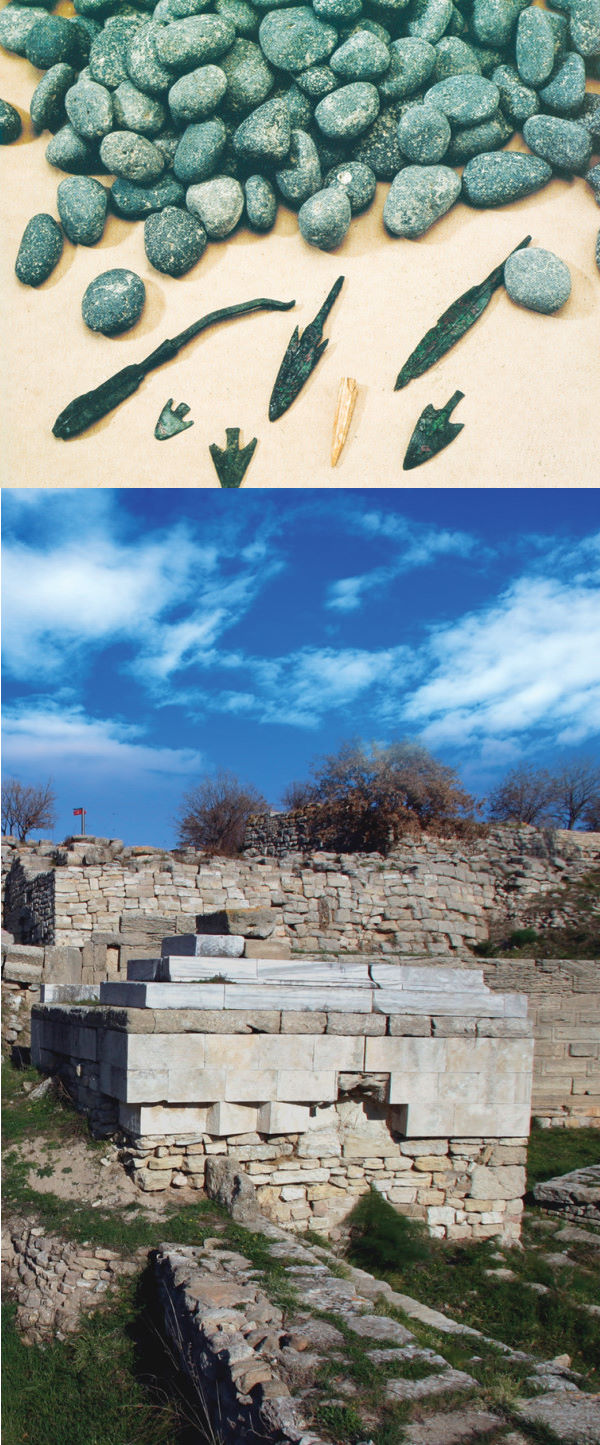Homer tells in the Iliad Troy and its surroundings during 730's B.C.E. in a very detailed manner. Especially 24th episode of the Iliad there are many details about Troy and its environment.

Archaeology and Mythology
- 51 What are the findings with regard of the Trojan War?
- 52 Where had Trojan War happened?
- 53 Where is the coast of Achaens?
- 54 Are there any archeological findings regarding Trojan Horse?
- 55 Was Troy on the seaside?
- 56 Match the natural environment in the Iliad to our time?
- 57 Are the rivers told in Homer's Iliad really exist?
- 58 Can archeology prove the Trojan War?
- 59 What part of the Iliad is true?
- 60 Where do archeology and mythology intersect?